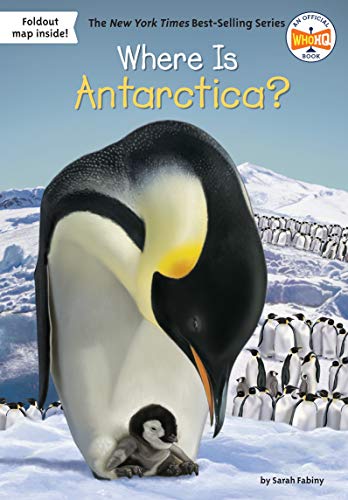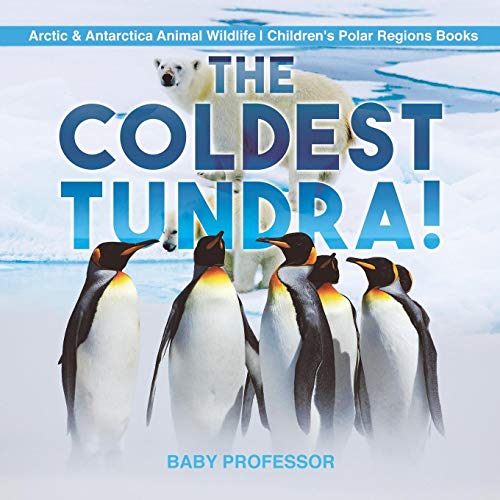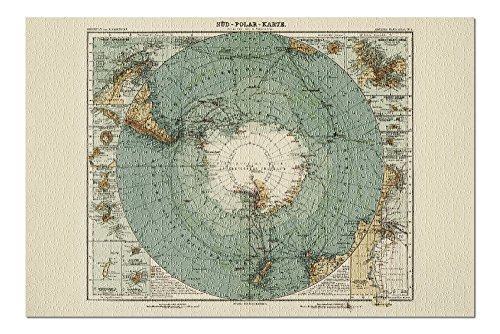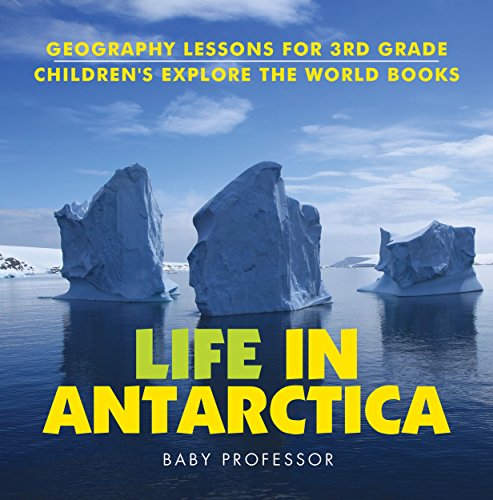Homeschool Unit Study: Antarctica
This post may contain affiliate ads at no cost to you. See my disclosures for more information. When page was created, all links worked and were family-friendly. If a link no longer works, please let us know.
Antarctica is the fifth-largest continent, but due to its climate and terrain, you won’t find much life there. On average, Antarctica is the coldest, driest, and windiest continent. Also, about 98 percent of it is covered in ice, and the average thickness of the ice is about one mile.
Seventy percent of the world’s freshwater reserves are stored in Antarctica even though it’s a polar desert. So, what is a polar desert? A polar desert is classified as an area that receives very little rain (less than 7.9 inches annually) and has a mean temperature during the warmest month of less than 10 degrees Celsius.
However, despite the rough climate, and the lack of suitable environments for plants to grow, life still prevails. Trees and shrubs do not grow on Antarctica, but there are two flowering plants: Antarctic hair grass and Antarctic pearlwort. Although rare, other plant life, such as mosses, liverworts, lichens, and fungi, have adapted to survive in this extreme climate.
In the waters, you can find phytoplankton, and krill survive in the cold waters by eating the phytoplankton. Some other animals you can find on Antarctica and its surrounding waters include four types of seals, whales, penguins, and even some bugs.
Antarctica is a fascinating place, and we hope you enjoy learning more about the Earth’s southernmost continent.
Useful Resources
Videos
Activities
Antarctica Map Coloring Page (Super Coloring)
Free Antarctica Lesson Plan (Kids Discover)
Elephant Seal Coloring Page (Super Coloring)
Antarctica: Pictures, Facts, and Travel (Cool Antarctica)
Antarctica Facts (Kids World Travel Guides)
Printable Iceberg Template (More Printable Treats)
Animals of Antarctica (Imagine Our LIfe)
Penguins of Antarctica Craft (Living Montessori Now)










